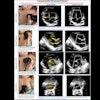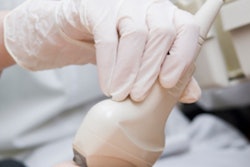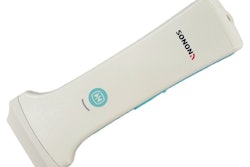Tuesday, November 29 | 9:30 a.m.-9:40 a.m. | RC304-05 | Room E450A
Researchers from Thomas Jefferson University have found that an emerging ultrasound technique -- elbow stress ultrasound -- shows promise for diagnosing ulnar collateral ligament (UCL) tears.A team led by presenter Dr. Johannes Roedl, PhD, examined different joint gapping thresholds for stress ultrasound to assess these injuries, analyzing 71 athletes with surgically or arthroscopically proven UCL tears. Roedl and colleagues measured interval gapping of the medial elbow joint between rest and valgus stress at both the injured and uninjured elbow. Next, they calculated the relative gapping between both elbows, comparing these measures with those in a control group of 122 athletes without UCL tears.
The researchers conducted a receiver operator characteristics (ROC) analysis to determine the most accurate thresholds for predicting the tears. They obtained the following results:
- A relative joint gapping threshold of 2.6 mm had a specificity of 100% and a sensitivity of 53% in predicting UCL tears.
- A threshold of 1.5 mm had a specificity of 91% and a sensitivity of 81%.
- A threshold of 1 mm yielded a specificity of 81% and a sensitivity of 96%.
These thresholds can help radiologists make the most effective use of elbow stress ultrasound for diagnosing UCL tears, depending on whether they want to emphasize higher specificity or sensitivity, according to Roedl's group.




















